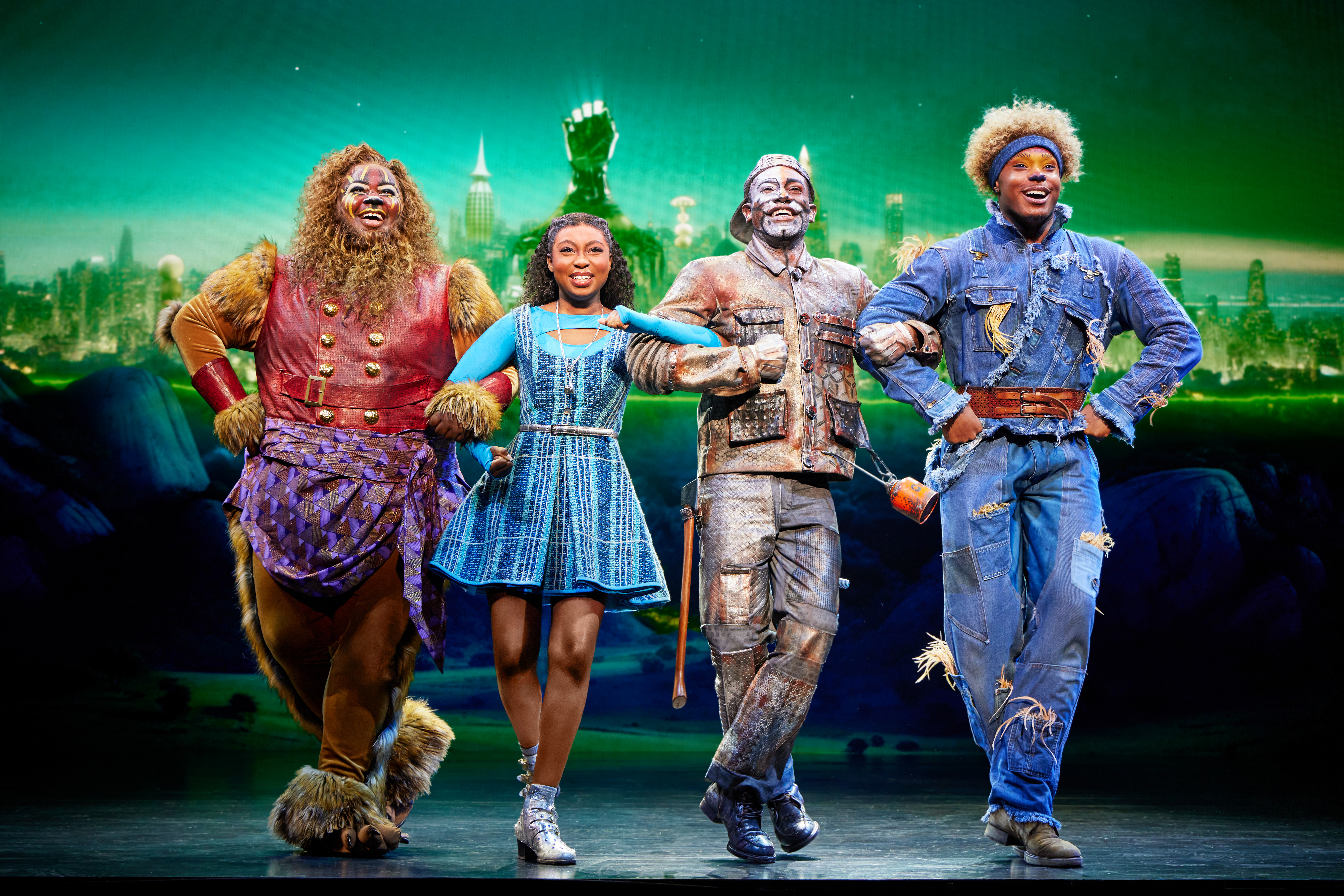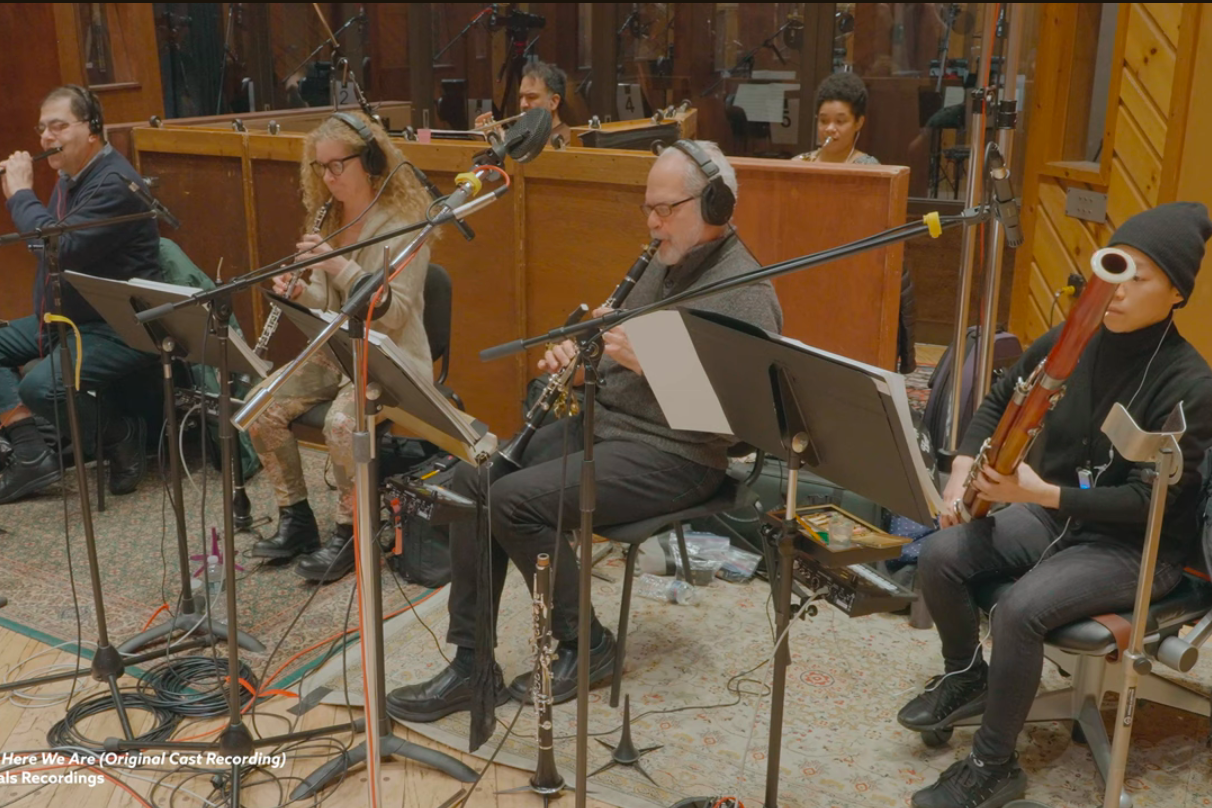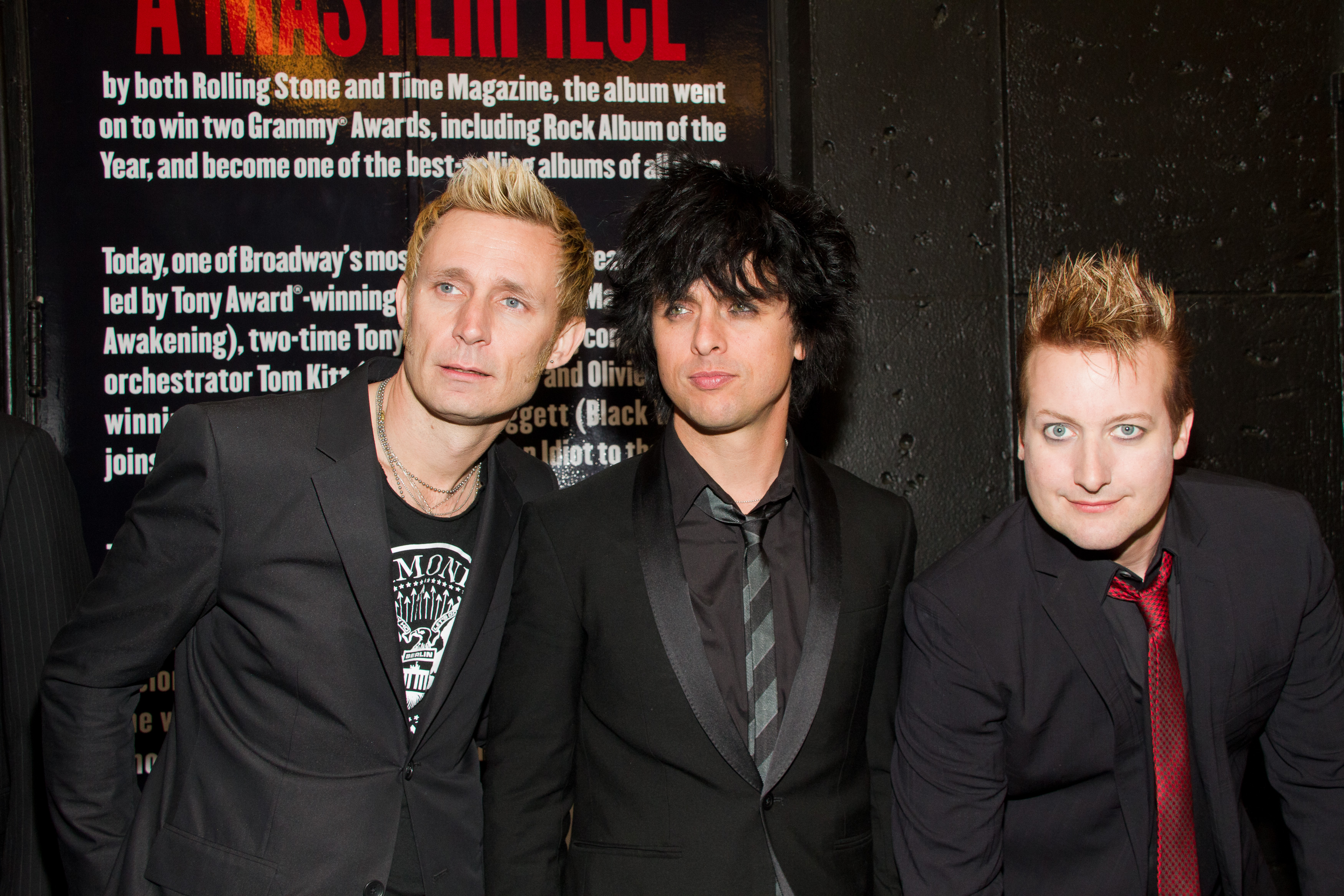Interdisciplinary Drama
“Study the science of art and the art of science.” — Leonardo da Vinci
At Carnegie Mellon, I am a member of a college called “BXA.” It’s a degree program that allows students to pursue interdisciplinary studies – not just two majors, but really weaving disciplines together. One component is from the College of Fine Arts (mine is dramaturgy). The other could be nearly anything else (mine is history). I believe, and so does Carnegie Mellon, that interdisciplinary work is important, and that importance includes the theater.
Dramaturgs pull a lot of interdisciplinary strings into the theater world. We draw on history, literature, sociology, psychology, semiotics, and sometimes on foreign language. We have learned that embracing many disciplines offers us infinite ways of looking at plays; if we shut out the social sciences, for example, our readings of characters would be completely different. The jargon of these other disciplines becomes our vocabulary as well, and it brings other viewpoints into the room.
Another component that I myself am not nearly as familiar with is the integration of science into drama. Naturally, our wonderful technicians and designers are often knowledgeable about practical science, but there are other ways that this discipline, which is so often considered the opposite of the arts, can share a dialogue with theater. We need to remember and return to our roots, when artists and philosophers and scientists were all one and the same. At Carnegie Mellon, they’ve become the College of Fine Arts, the Dietich College of Humanities and Social Sciences, and the Mellon College of Science, but they don’t need to stay separated. Let me give an example:
Last semester, Carnegie Mellon School of Drama had the fortune to welcome guest artist Anne D’Zmura, who led students of the dramaturgy department in a devised theater experience centering on ecology: eco-drama. The collaborative process involved in creating such a piece involved historical research, the development of writing and storytelling, the comprehension of current environmental science issues, and a knowledge of how to translate all of these into a piece of theater that is engaging, instructive, and meaningful. The result is not only a piece of theater, but an artistic contribution to a scientific discussion. Taking out any one of those components would leave a piece of eco-drama completely flat. And honestly, adding more disciplines would only enhance it.
Interdisciplinary drama can encompass a lot, but I really think of it as a return to the collaboration of ideas and methods that was once so common but is now, often, discouraged. We take on “specialties” and are stuck in those ways — but theater can be a great outlet for the clash and meshing of many disciplines. It’s meant to create a dialogue, and that dialogue should be for everyone, not just “theater people.”










